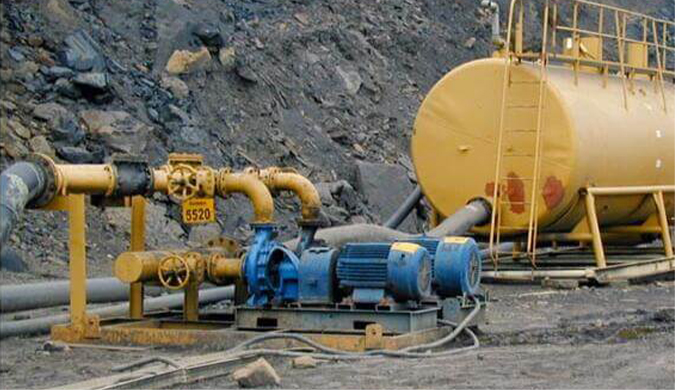Vietnamese
- Afrikaans
- Albanian
- Amharic
- Arabic
- Armenian
- Azerbaijani
- Basque
- Belarusian
- Bengali
- Bosnian
- Bulgarian
- Catalan
- Cebuano
- Corsican
- Croatian
- Czech
- Danish
- Dutch
- English
- Esperanto
- Estonian
- Finnish
- French
- Frisian
- Galician
- Georgian
- German
- Greek
- Gujarati
- Haitian Creole
- hausa
- hawaiian
- Hebrew
- Hindi
- Miao
- Hungarian
- Icelandic
- igbo
- Indonesian
- irish
- Italian
- Japanese
- Javanese
- Kannada
- kazakh
- Khmer
- Rwandese
- Korean
- Kurdish
- Kyrgyz
- Lao
- Latin
- Latvian
- Lithuanian
- Luxembourgish
- Macedonian
- Malgashi
- Malay
- Malayalam
- Maltese
- Maori
- Marathi
- Mongolian
- Myanmar
- Nepali
- Norwegian
- Norwegian
- Occitan
- Pashto
- Persian
- Polish
- Portuguese
- Punjabi
- Romanian
- Russian
- Samoan
- Scottish Gaelic
- Serbian
- Sesotho
- Shona
- Sindhi
- Sinhala
- Slovak
- Slovenian
- Somali
- Spanish
- Sundanese
- Swahili
- Swedish
- Tagalog
- Tajik
- Tamil
- Tatar
- Telugu
- Thai
- Turkish
- Turkmen
- Ukrainian
- Urdu
- Uighur
- Uzbek
- Vietnamese
- Welsh
- Bantu
- Yiddish
- Yoruba
- Zulu
Telephone: +86 13120555503
Email: frank@cypump.com
Th10 . 14, 2024 22:02 Back to list
Centrifugal Pump Utilization for Efficient Slurry Transport and Management Techniques
Slurry Transport Using Centrifugal Pumps
Slurry transport is a critical process in various industries, including mining, construction, and wastewater treatment. It involves the movement of a mixture of solid particles and liquid, commonly referred to as slurry. The efficient transport of slurry is paramount, as it directly impacts productivity, equipment longevity, and operational costs. Among the various methods employed for slurry transport, centrifugal pumps are widely regarded for their effectiveness, robust design, and versatility.
Centrifugal pumps operate based on the principle of converting rotational energy, typically from an impeller, into kinetic energy that moves the slurry. This efficiency makes them suitable for handling slurries with a wide range of consistencies, from thick muds to more liquid mixtures. One primary advantage of centrifugal pumps is their ability to maintain a steady flow rate under varying conditions, which is crucial for applications where consistent delivery is required.
Slurry Transport Using Centrifugal Pumps
Another important factor in slurry transport is the pump's design and construction materials. Centrifugal pumps must be robust enough to withstand abrasive particles commonly found in slurries, especially in mining applications. This often leads to the selection of high-chrome materials or rubber linings that can resist wear and corrosion. Moreover, pump designs equipped with adjustable impellers or variable speed drives are beneficial as they allow for better adaptability to fluctuating slurry characteristics.
slurry transport using centrifugal pumps

Proper maintenance is essential in ensuring the longevity and efficiency of centrifugal pumps in slurry transport applications. Routine inspections, particularly of the impeller and casing, can help identify wear and prevent costly downtime. Regularly monitoring the pump's performance metrics, including flow rate and pressure, can also aid in detecting issues before they escalate.
The layout of the transport system is another critical aspect to consider. Minimizing bends and elevation changes can significantly reduce the energy required for transport and reduce the risk of blockages. Using the appropriate piping material and diameter tailored to the slurry's characteristics is equally essential. Larger diameters can help mitigate the risks of sedimentation and blockages, ensuring more efficient flow.
While centrifugal pumps are widely used, there are some limitations to be aware of. For slurries with a very high solids concentration or when the particle size is exceptionally large, alternative pumping technologies, such as positive displacement pumps, may be more effective. Understanding the slurry’s specific properties and the operational environment will help in selecting the right pump technology.
In conclusion, slurry transport using centrifugal pumps is a complex yet vital process across many industries. By carefully considering the properties of the slurry, selecting appropriate pump designs and materials, and maintaining the systems effectively, industries can optimize their slurry transport operations. The use of centrifugal pumps enhances efficiency and minimizes operational costs, making them a popular choice for transporting slurries in various applications. As technology advances, we can expect improvements in pump designs and materials, further enhancing their effectiveness in slurry transport.
-
Reliable Non-Clog Sewage Pumps with GPT-4-Turbo Tech
NewsAug.04,2025
-
High-Performance Air Pumps for Sand & Gravel | Efficient Transport
NewsAug.03,2025
-
ISG Series Vertical Pipeline Pump - Chi Yuan Pumps Co., LTD.|Energy Efficiency, Corrosion Resistance
NewsAug.03,2025
-
ISG Series Pipeline Pump - Chi Yuan Pumps | Energy Efficiency&Compact Design
NewsAug.03,2025
-
ISG Series Vertical Pipeline Pump - Chi Yuan Pumps Co., LTD.|High Efficiency, Low Noise, Durable
NewsAug.02,2025
-
ISG Series Vertical Pipeline Pump - Chi Yuan Pumps | High Efficiency, Low Noise
NewsAug.02,2025










